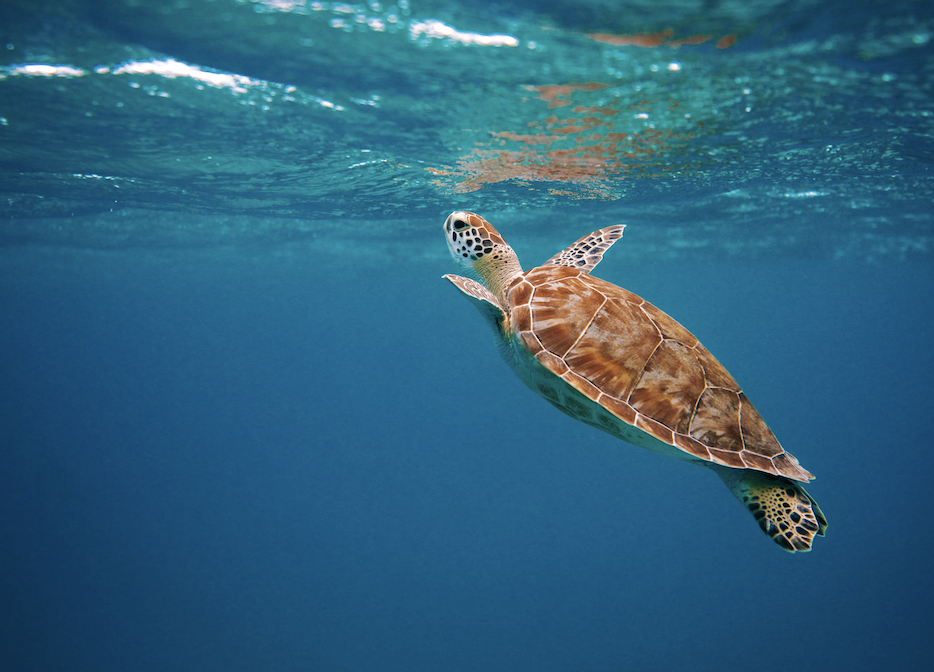Image credit: David Troeger via Unsplash
The Post-2020 Global Biodiversity Framework is a global plan to conserve, protect, and restore biodiversity and ecosystems over the next decade. The first draft was released back in July 2021, but this framework has been in the making since February 2020. The main objective of this plan is to bring about a transformation in society’s relationship with biodiversity. The goal is to achieve a harmonious life with the natural world by 2050. A global biodiversity framework that is agreed upon and implemented is a vital component of reaching this goal.
“The framework provides a strategic vision and a global roadmap for the conservation, protection, restoration and sustainable management of biodiversity and ecosystems for the next decade.”
Convention on Biological Diversity
There are 21 targets the framework aspires to achieve by 2030, including a $200 billion increase in financial resources from all sources, fully integrating biodiversity values into policies and plans, and ensuring that all land and sea areas around the world are biodiversity-inclusive.
This updated agreement is critical. The Strategic Plan for Biodiversity 2011-2020’s timeline expired two years ago, and the biodiversity crisis has become even more acute. This framework was to be updated in 2020 during the Conference of the Parties Convention (COP), but this was not feasible due to the COVID-19 pandemic suspending the COP Conference in 2020.
Both the Strategic Plan for Biodiversity 2011-2020 and the Post-2020 Global Biodiversity Framework are crucial elements of the transformative and daring 2030 Agenda for Sustainable Development. The 2030 mission seeks to strengthen the overall universal peace by eradicating poverty in every shape and form. This plan includes 17 goals and an overwhelming 169 targets. The 2050 Vision refers to the hopes of living in total harmony with nature by 2050. Target 4 of the 2030 Agenda for Sustainable Development focuses on the conservation and genetic diversity of species and effectively managing human-wildlife interactions in hopes of avoiding or reducing human-wildlife conflict.
OneNature participated in the development of a position paper in response to the first draft of the Post-2020 Global Biodiversity Framework that outlines the essential links between animal welfare and human and planetary health and the urgency of including animals in this framework. The paper’s recommendations include better integrating animal health and welfare considerations in our idea of “sustainable use.” The definition of sustainability includes economic, social, and environmental sustainability. Still, the framework currently emphasizes socio-economic sustainability over the sustainability of biodiversity, which is critical to meet human needs in the long term. We also recommend a vigilant and precautionary approach in wildlife protection. Better integrating animal welfare considerations in conservation using holistic approaches to reduce and possibly eliminate zoonotic disease risk while tackling the biodiversity and climate crises.
Improving human, animal, and planetary welfare is critical for the achievement of human and environmental wellbeing. Hopefully, this plan is adopted and implemented by policy and decision-makers around the world.
Sources:
First Draft of the Post-2020 Global Biodiversity Framework
Transforming our world: the 2030 Agenda for Sustainable Development
